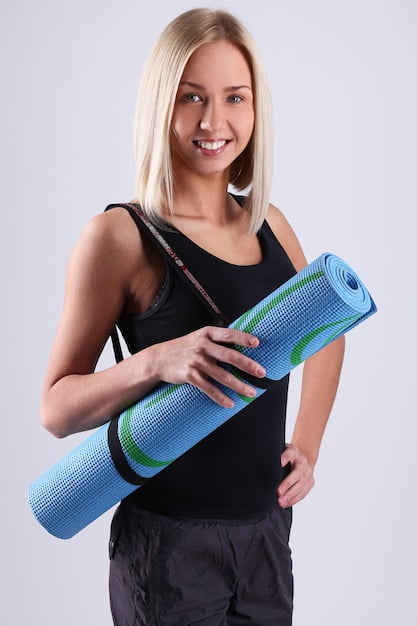The Importance of Foam Rolling in Muscle Recovery
Foam rolling, also known as self-myofascial release, has become increasingly popular among athletes and fitness enthusiasts in recent years. This technique involves using a foam roller to apply pressure to specific areas of the body, which can help alleviate muscle tightness and improve mobility. One of the primary benefits of foam rolling is the release of trigger points, or areas of tension within the muscle. So, what happens when a trigger point is released?
Understanding Trigger Points
Trigger points are highly sensitive areas within the muscle that can cause pain and discomfort. They can be caused by a number of factors, including overuse, injury, or poor posture. When a muscle is overworked or injured, it can develop small knots or adhesions that can lead to trigger points. These trigger points can then cause pain, limited range of motion, and weakness in the affected muscle.
What Happens When a Trigger Point is Released?
When a trigger point is released, it can provide immediate relief from pain and discomfort. This is because releasing a trigger point helps to improve blood flow and oxygenation to the affected area, which can help to reduce inflammation and promote healing. Additionally, releasing a trigger point can help to improve range of motion and flexibility in the affected muscle, allowing you to move more freely and with less discomfort.
How Does Foam Rolling Release Trigger Points?
Foam rolling works by applying pressure to specific areas of the body, which can help to release tension within the muscle. When you apply pressure to a trigger point, it stimulates the Golgi tendon organ, which is a type of sensory receptor located in the muscle. The Golgi tendon organ then sends a signal to the nervous system, which can help to relax the muscle and release the trigger point.
The Benefits of Foam Rolling for Trigger Point Release
Foam rolling is an effective way to release trigger points and improve muscle function. Some of the benefits of foam rolling for trigger point release include:
– Improved circulation and oxygenation to the affected area
– Reduction in inflammation and pain
– Improved range of motion and flexibility
– Enhanced muscle recovery after exercise
– Prevention of future injuries
Best Practices for Foam Rolling
To get the most benefit from foam rolling, it’s important to use proper technique and follow some best practices. Here are a few tips for foam rolling:
– Start slowly and gradually increase the intensity of the pressure
– Focus on specific areas of the body that feel tight or sore
– Roll slowly and spend at least 30 seconds on each area
– Breathe deeply and relax into the foam roller
– Drink plenty of water after foam rolling to aid in muscle recovery
Conclusion
Foam rolling is an effective technique for releasing trigger points and improving muscle function. By applying pressure to specific areas of the body, foam rolling can help to improve circulation, reduce inflammation, and promote healing. It’s important to use proper technique and follow best practices when foam rolling to get the most benefit from this technique. Whether you’re an athlete or just looking to improve your mobility and reduce muscle tension, foam rolling can be a valuable tool in your recovery arsenal.






